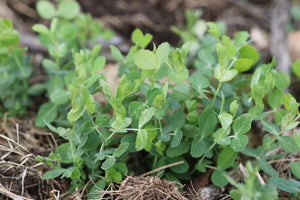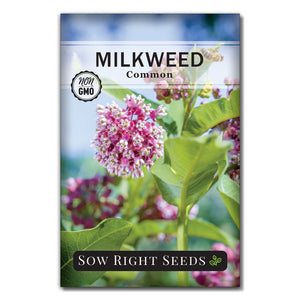The Buzz on How to Attract More Bees to Your Garden
Pollinator gardeningBees are busy little workers who don’t get enough credit. They pollinate the crops that feed us and help keep our plants healthy and happy. It is crucial to help save and protect bees. Use these 4 easy ways to attract bees to your garden.

How to Attract Bees to Your Garden
Bees are very efficient pollinators for a variety of crops in orchards and vegetable gardens. The success of your vegetable harvest can be determined by how many bees are visiting your garden. So you may be asking yourself, what can you do to attract bees? There are some simple things you can do to set up your garden to be more bee-friendly, from avoiding chemicals to choosing plants that bees love.

Grow Plants that Attract Bees
Bees need multiple sources of nectar and pollen from spring to fall. Flowering trees, bushes, and native grasses can provide a good foundation for your yard and garden. Then, add some perennials and annuals that bloom at different times of the year.
Remember that herbs are also flowers. When chives and other herbs go to seed, their flowers are natural bee magnets.
Here are a few flowers you can grow from seed to attract bees. Plant them in patches that are at least 3' square to make sure the bees notice them and visit.
- Wildflowers that are appropriate to your area. These native plants are naturally bee-friendly.
- Borage is rich in nectar that bees love.
- Oriental Poppies have protein that is a necessary food for bees.
- Mint and plants in the mint family
- Oregano
- Lavender
- Coneflowers
- Marigolds
- Cosmos
- Snapdragon
- Zinnias
- Hyssop
- Sunflowers
- Daisies
- Chives
Provide Water
A birdbath isn't just for birds. Shallow birdbaths make an excellent bee drinking station. Make sure there's a stand or a piece of wood floating for the bee to safely perch on and drink water without drowning.
If you don't have a birdbath, you can fill a shallow tray with water and add rocks for the bees to stand on to get a drink.
Change the water frequently to keep it clean and to keep mosquito populations down.

Provide Shelter
Bees need shade, protection from the wind and rain, and habitat. Don’t worry - you don’t have to become a beekeeper with an apiary to attract bees to your garden!
Different kinds of bees have different sorts of homes. Bunch grasses can attract bumblebees, and bare patches of dirt can attract ground-dwelling bees. A bee hotel adds some visual interest to your garden and provides a home for wild bee species without the commitment of caring for a honeybee apiary.

Avoid Chemicals
Insecticides, fungicides, and herbicides all can endanger bee populations. Neonicotinoids are especially devastating and can have effects that last long after their application.
Be mindful of any chemical agents being used in your neighborhood, and do your best to avoid them yourself.
Instead of using pesticides, try natural methods to control aphids and other pests.
Having healthy bee populations in our environment is vital to our food supply. These very small creatures have an important role to play in our ecosystem. Without bees, our gardens are less productive.
With a little resourcefulness, you can attract more bees to buzz about in your garden. They do so much for us humans, and it can feel really great to do something nice for them, too. Your plants will love you for it, too!

Resources:
Planting a Bee Garden for Pollinators (PDF)
How to Create a Bee-Friendly Landscape - Cooperative Extension: Garden & Yard
Growing landscapes to help bees and other pollinators
Attracting Native Bees to Your Landscape - 5.615 - Extension
Building and Managing Bee Hotels for Wild Bees
Written by Teresa Chandler







Leave a comment